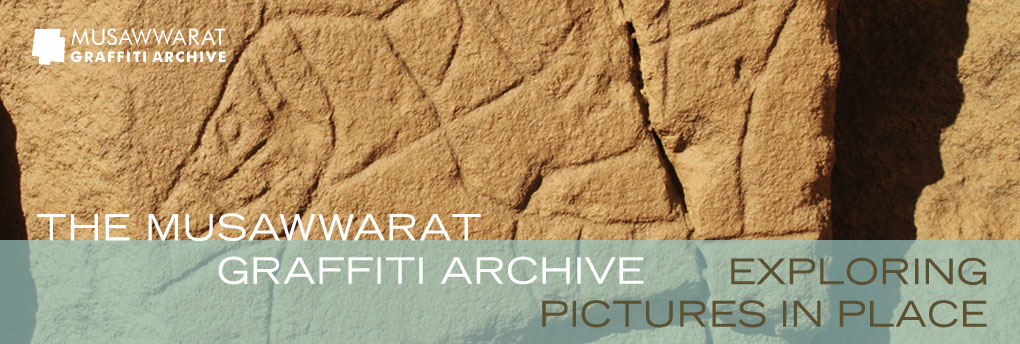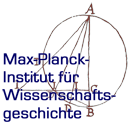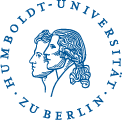Markings
The third category defined for the Musawwarat graffiti corpus differs from inscriptions and pictorial graffiti in the techniques employed and in the resulting forms. ‘Markings’ comprise a range of traces in the sandstone blocks that appear to be the results of activities that did not normally aim at creating a text or an image in the widest sense. Rather, these traces may have been the material side-products of various activities relating to the materiality of the sandstone surfaces and their sacral connotation and context. Some markings, such as cup marks (depressions with a roughly circular opening and sloping side walls) and other ‘holes’ as well as various types of grooves and hollows, involve the removal of significant amounts of sandstone ‘dust’ from the block surfaces using various forms of extraction.
Often it is difficult to establish beyond reasonable doubt what techniques were used in creating markings, and documentation has over the years included technique categories such as ‘abraded’, ‘hacked’, ‘carved’, ‘cut’ or ‘drilled’, in an attempt to better describe the variation in openings and sections of ‘holes’, grooves and hollows. The more regular markings are in their form, the more easily distinguishable they are from various weathering phenomena. Cup marks and other markings occur singly, paired or in loose groups, and sometimes they were placed in lines or other patterns. In rare instances they are parts of pictorial motifs, such as in camel motifs where they sometimes appear to represent the feet of the animal. This and other evidence suggests that many of the markings may post-date the Meroitic period and are part of the later reception and re-use of these sites.
Text: Cornelia Kleinitz (2014)






